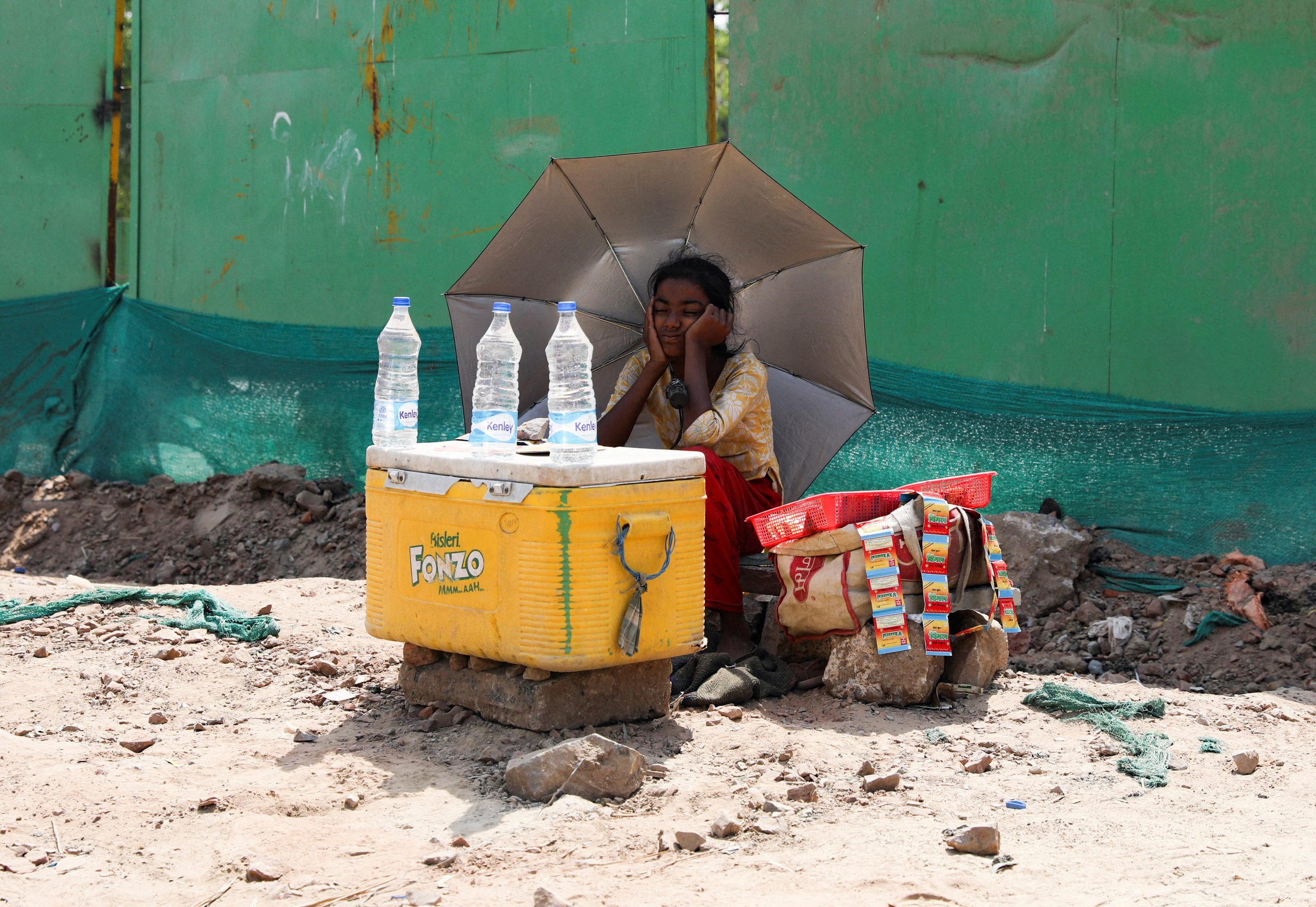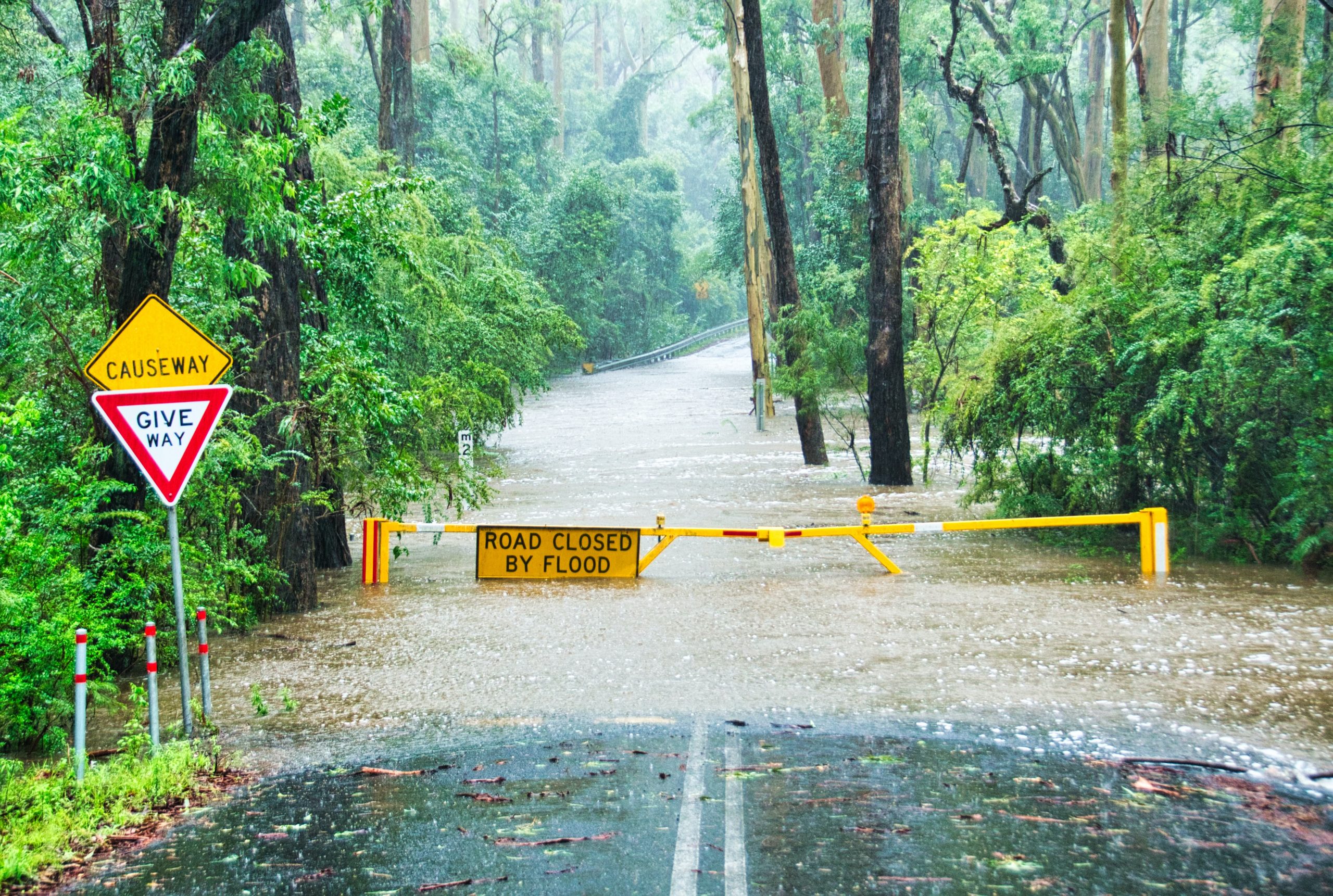A “Paris” moment for loss and damage
By Sabrina Bachrach, Kathleen Euler Sat, Dec 9, 2023
Almost as soon as COP28 began, it had made historic progress for climate adaptation. The loss and damage fund made headlines when over 190 parties backed its operationalization at this year’s UN Climate Conference.
By its very existence, the fund recognizes the unequal burden of climate change. The nations that have least contributed to global greenhouse gas emissions are often the ones dealing with the worst consequences of global warming. These countries are often less equipped to respond to climate shocks and protect their frontline communities.
The fund is “an essential tool for delivering climate justice,” says António Guterres. Through its establishment, money can be channeled to help countries recover after disasters and improve their preparedness and resilience.
The unprecedented speed with which the agreement was reached—countries operationalized the fund on the first day of COP28—signals an international recognition of the need to protect the communities most exposed to the impacts of climate change. However, despite this “Paris” moment for loss and damage, many are wary of what the future holds.
Understanding the loss and damage fund
The groundbreaking progress on loss and damage began last year when the fund was first announced in Sharm El-Sheikh, Egypt. COP27 closed with an agreement to establish a loss and damage fund.
Despite this critical step, there were questions. What would the fund look like and how could it be operationalized?
On the first day of COP28, the world received its answer as the parties agreed to operationalize the fund.
This agreement was the result of a series of transitional meetings in the months leading up to COP28. Participating parties shared recommendations and insights that informed the final text of the proposal.
During the announcement, the fund received $100 million in commitments each from the United Arab Emirates and Germany, $50.6 million from Britain, $17.5 million from the United States and $10 million from Japan. By the end of the first day of COP28, eighteen countries announced their pledges to the fund.
Additionally, the World Bank will host the fund for four years, “with conditions to ensure it serves the needs of particularly vulnerable developing nations.”
While it is crucial to accelerate the climate mitigation solutions that can help limit global temperature rise to 1.5°C, the devastating consequences of global warming are already “locked-in.” Heat waves, flood, droughts, and other shocks already threaten lives, livelihoods, ecosystems, and value chains. Climate shocks are exacerbating systemic risks in countries and economies.
Falling short: Criticisms of the loss and damage fund
Loss and damage has risen in the global discourse as the world faces unprecedented climate disasters. Despite the recognition of the fund’s potential, many critics points to the gaps in the fund’s scope and management.
The world is already far behind its adaptation needs. Developing countries need 18 times more climate adaptation finance than international public finance flows offer. This gap is set to increase as global warming puts even more pressure on frontline communities. Oxfam recently found that UN appeals for extreme weather responses have increased 800 percent over the last twenty years.
Climate adaptation is clearly linked to the loss and damage funding, but their applications are distinct. Loss and damage interventions protect communities that can no longer adapt or prepare for disaster because it has already struck. In spite of this distinction, the existing gap for initiatives like the Adaptation Fund hint at future funding concerns for loss and damage.
The initial pledges to the loss and damage fund now total $725 million. While this is critical progress, many studies estimate that the global need is already over $400 billion each year, a number that is expected to rise as the impacts of climate change become more frequent and intense.
The fund needs to secure its own distinct funding channels at a regular and increasing volume to protect frontline communities. However, the initial contributions show how challenging this goal may be. Some have pointed out that funders could simply rename their humanitarian funding as “loss and damage” funding rather than offer distinct contributions.
In order to drive meaningful impact, the loss and damage fund needs to scale and accelerate contributions to meet the growing climate finance gaps protect communities vulnerable and exposed to the effects of global warming.
The role of cities in the loss and damage fund
Hear from Mauricio Rodas, former Mayor of Quito, Ecuador and Arsht-Rock’s Senior Advisor for Heat and City Diplomacy
The road to operationalization
While there are clear gaps in the scale and scope of the fund, this is still a moment for hope. The loss and damage fund is a critical resource to better protect the communities that often do not have the capacity, resources, or financing to respond to climate disasters and advance climate resilience.
“The fund is central to climate justice for the countries that have contributed the least to climate change but are the most vulnerable to its effects,” explains Arsht-Rock Senior Advisor Sabrina Nagel.
Additionally, the fund is a significant moment not only for the resilience space but also for climate finance. The fund can “receive contributions from a wide variety of sources of funding, including grants and concessional loans from public, private, and innovative sources as appropriate.” Allowing the private sector to contribute alongside national commitments is a positive step forward for climate resilience. It is an official recognition of the collaborative opportunities for the public and private sectors.
Further, the fund allows developing countries to access funding through “subnational, national and regional entities.” As Senior Advisor Mauricio Rodas notes, “Cities will never be able to effectively tackle climate change without proper access to finance. Now, we need to make sure that cities will participate in the discussions and decisions about how to make the loss and damage fund operational.”
As the world moves beyond COP28, it remains to be seen how the fund will take shape and begin to deliver support. Nevertheless, the international recognition of the integral role of loss and damage is a positive signal for the future of climate action.
Sabrina Nagel is the senior advisor for global policy and finance for the Arsht-Rock Resilience Center. Kathleen Euler is the associate director of digital communications for the Arsht-Rock Resilience Center.



